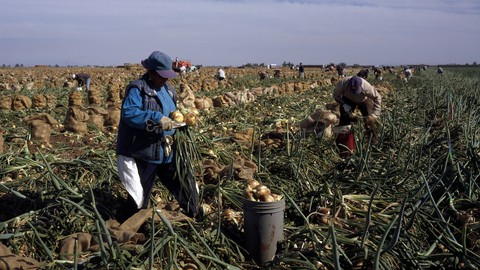
California stands as America’s agricultural powerhouse, growing half of its fruits and vegetables. Here’s how California farming has shaped the state, from the early missions to today’s “factories in the field.”
 LOCAL NEWS
LOCAL NEWS
On Jan. 28, the Department of Water Resources (DWR) announced an update to the State Water Project allocation forecast for 2025. Original article published at Rancho Cordova Independent
 LOCAL NEWS
LOCAL NEWS
IF YOU HAVE tried to bake a cake recently, you might have had a hard time finding eggs. The empty shelves are a sign of the devastating impact of avian influenza, H5N1 or HPAI, on commercial poultry flocks in California.The …
 LOCAL NEWS
LOCAL NEWS
California may have more than a million fighting birds, according to the Center for a Humane Economy.
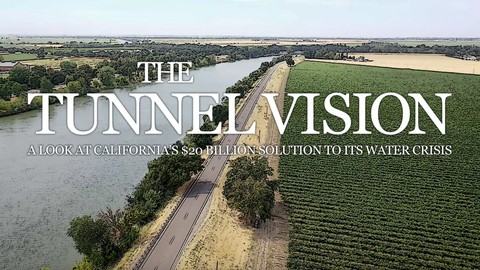
“This is a local story about a global issue, the future of water. In a three-part series of field reports and podcasts, Bay City News reporter Ruth Dusseault looks at the tunnel’s stakeholders, its engineering challenges, and explores the preindustrial …
 LOCAL NEWS
LOCAL NEWS
SAN JOAQUIN COUNTY’S output of agriculture products declined last year as grapes, milk, almonds and cherries fell in value, according to new data. Released last month, the San Joaquin County Crop Report, a yearly economic data study that measures sales, …
 LOCAL NEWS
LOCAL NEWS
The San Joaquin County Board of Supervisors has unanimously adopted a resolution to ratify and continue a proclamation of local emergency for the migration of beet leafhoppers in the county and for the presence of the beet curly top virus …
 LOCAL NEWS
LOCAL NEWS
The California Garlic Festival is leaving Stockton and headed to the Merced County fairgrounds this summer.
 LOCAL NEWS
LOCAL NEWS
The 38th San Joaquin Asparagus Festival will be returning to Stockton this month for three days.

The state is considering zeroing out funds for CalWORKS family stabilization and job subsidy programs to help balance the budget.
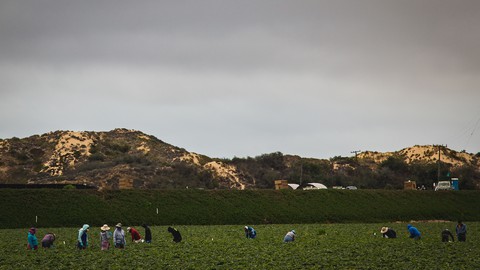
The Williamson Act, passed in 1965, now keeps more than 16 million acres of farmland out of the hands of developers. Here's how the law puts the brakes on the development of California agricultural properties.

In NYT’s “The Farmers Had What the Billionaires Wanted,” we meet a man who wants to build a city in the middle of nowhere, and folks who are slowing him down.
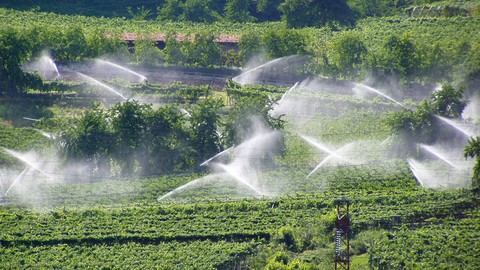
Even though California faces serious water shortages, the Legislature’s analysts recommend weaker outdoor conservation requirements and longer deadlines for urban water agencies.

Hunger and food insecurity have become persistent problems in California. With the world’s fifth-largest economy, what steps can we take to make sure that everyone has enough to eat?
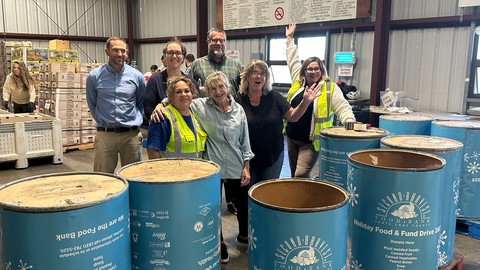
Second Harvest Food Bank Santa Cruz County CEO Erica Padilla-Chavez looks at food insecurity as a symptom of an underlying disorder—one that can be cured.
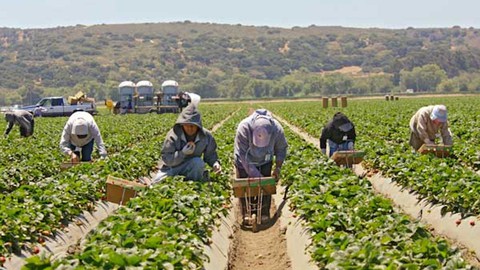
The United Farm Workers, which represents nearly 7,000 workers, won a unionization vote in Stanislaus County. It’s the first such win in six years and first under a law that went into effect in May.
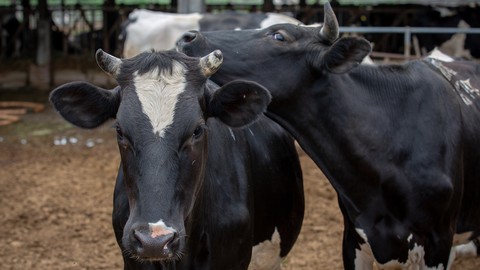
California grants climate credits for fuel made from cow manure, but there’s a paradox: The state’s program encourages collection of methane yet promotes natural gas.
California Forever, the company backed by billionaire Silicon Valley investors that wants to build a new city in Solano County, has posted a new website in an attempt to start a "conversation" about the massive project.
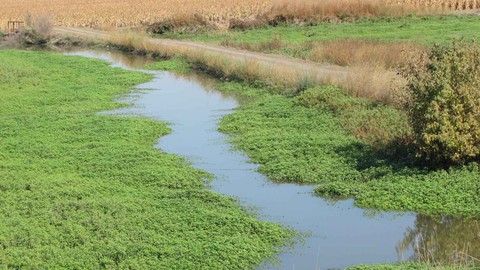
Since the Gold Rush era, land reclamation projects have helped to build California, but they are also damaging the state’s environment for people, plants and animals by eliminating essential wetlands.

U.S. Sen. Alex Padilla and the United Farm Workers union say a recent death in a tomatillo field was due to heat, but a coroner’s report doesn’t back that up.